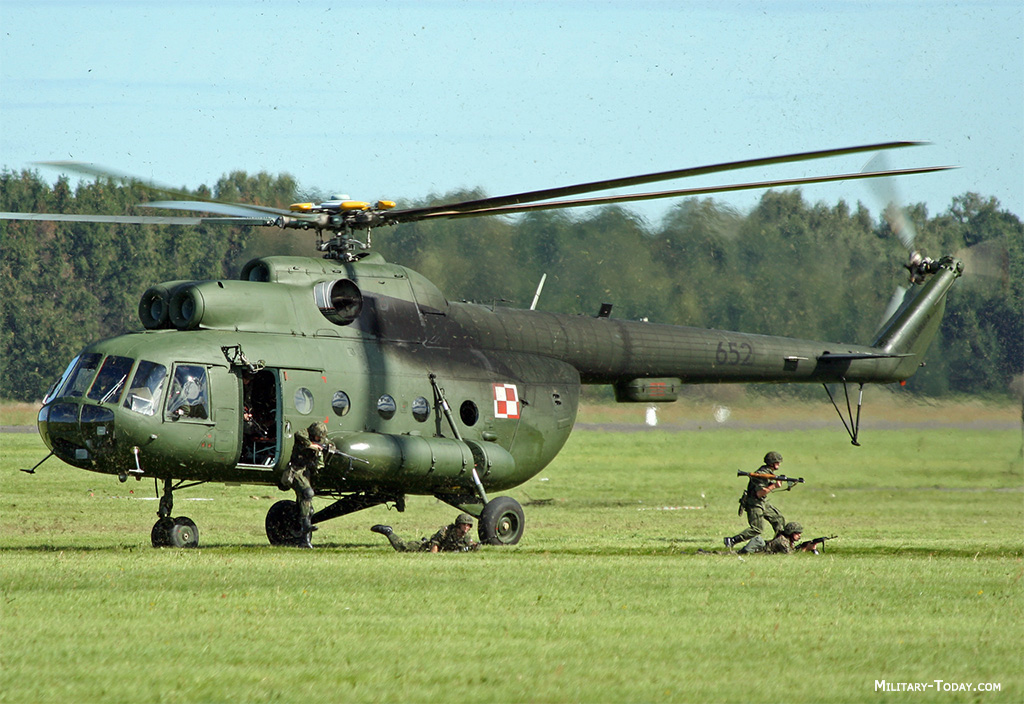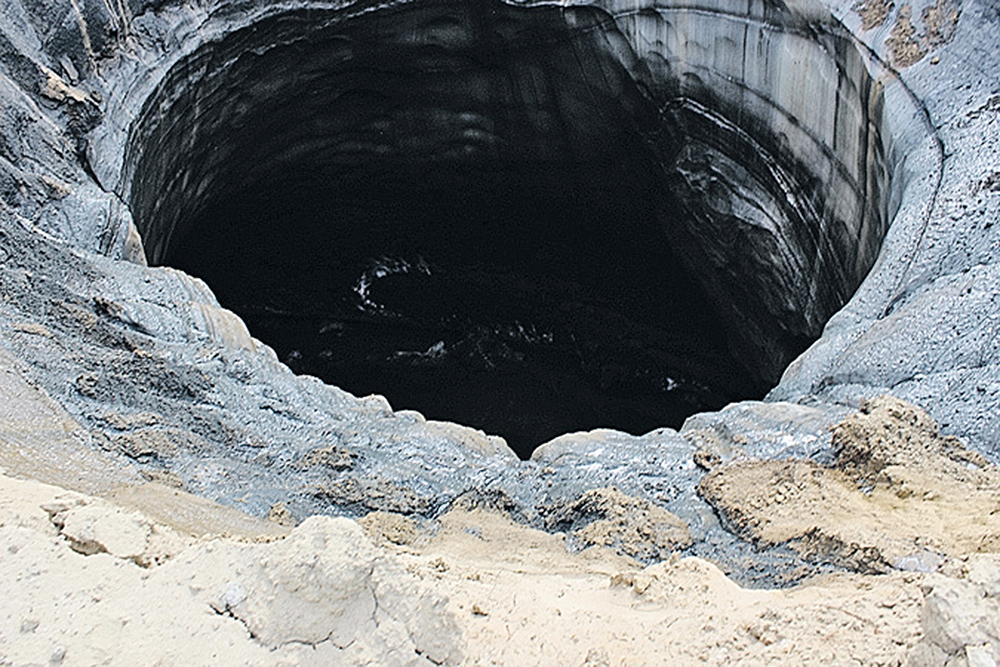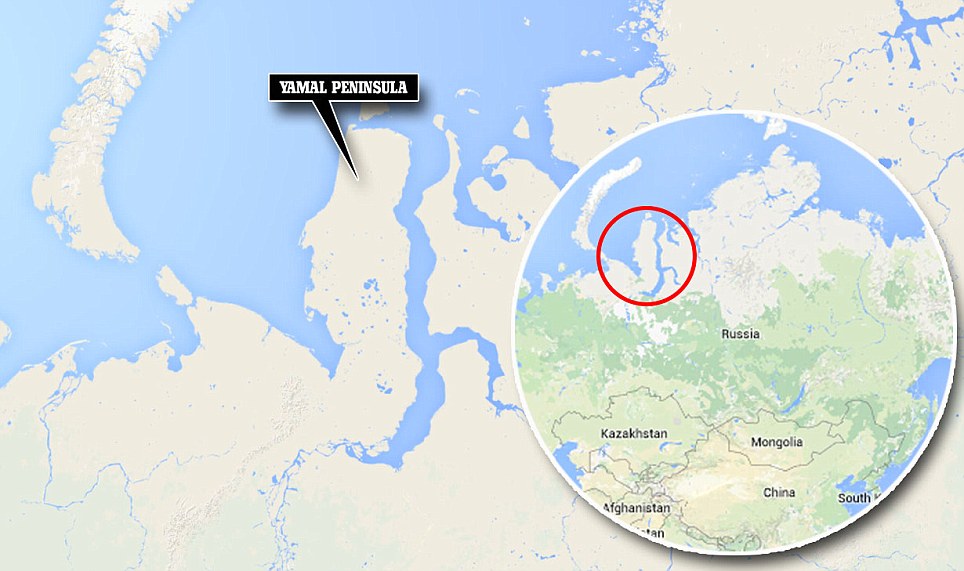The Mystery Of Giant Craters In Siberia Explained
Scientists have pointed to the most probable cause of the massive hole spotted by a helicopter pilot in the Siberian region of Yamal earlier this month in a news report by Nature.
On 16 June 2014, this massive crater was formed in the permafrost around 30km from a huge gas field north of the regional capital of Salekhard, roughly 2,000km northeast of Moscow, Russia
In a chaotic world of downed planes, ethnic unrest and missile strikes, international observers settled their attention elsewhere earlier this month. They looked north to Siberia, a land covered in snow and layered in permafrost, where a strange and giant crater had just ripped open the earth. At the time, no one knew where exactly the crater had come from, what was at its bottom, or how it had come to be.
washingtonpost.comIt is a barren landscape so remote that even the locals call it "the end of the world." Now the bleak tundra of Russia's remote Yamal peninsula has been scarred by a vast crater that has left scientists baffled and internet users looking for extra terrestrial explanations. Discovered by helicopter pilots who post video footage of their find in the remote Yamal peninsula on Youtube, the scar in the otherwise barren tundra resembles a crater caused by a large explosion.
telegraph.co.ukAt 50 to 80 meters across, the crater is large enough to land several of the Mi-8 helicopters flown by the pilots who found it
The first hole—80 meters deep—revealed an ice-covered lake at the bottom.
Then on 29 July 2014, two new craters emerged. Though not as big as the first crater, these new craters were just as strange.
One of the newly discovered holes is near the original — in a land referred to by locals as “the end of the world.” It’s around 45 feet in diameter and formed under unknown conditions. Same goes for the other new crater, which has a diameter of 13 feet, a depth of between 200 and 330 feet and was discovered by “mystified” herders near the village of Nosok in the icy Krasnoyarsk region.
This second new crater in the Taz district, near the village of Antipayuta in Siberia, has a diameter of about 45 feet
Locals can’t seem to get their stories straight over what happened, he explained. “According to local residents, the hole formed on September 27, 2013. Observers give several versions. According to the first, initially the place was smoking and then there was a bright flash. In the second version, a celestial body fell there.”
washingtonpost.comWhile the trio of mysterious gaping holes in northern Siberia spawned many theories about the craters' origin, scientists are now suggesting some concrete explanations
Explanations for the three enormous cavities, one of which was up to 300ft (70 metres) deep, have included everything from meteorites to aliens with some conspiracy theorists suggesting they could be connected to fracking.
A more plausible explanation for their existence has now begun to emerge. According to the website LiveScience, some experts now believe the strange cavities may be a type of permafrost sinkhole.
"My personal opinion is it's some type of sinkhole," said Vladimir Romanovsky, a geophysicist who studies permafrost at the University of Alaska Fairbanks. Sinkholes are pits in the ground formed when water fails to drain away. The water likely came from melting permafrost or ice, said Romanovsky, who has spoken with the Russian scientists investigating the site. But whereas most sinkholes suck collapsed material inside, "this one actually erupted outside," he told Live Science. "It's not even in the [scientific] literature. It's pretty new what we're dealing with," he added.
According to the Washington Post, scientists are saying that a massive bubble of methane was likely released from the ground as the permafrost in the area thawed
In mid-July, measurements were taken in and around the crater itself to determine the cause. Scientists are pointing to methane because the air in the bottom of the hole contained very high concentrations of the gas — 9.6%. The normal methane concentration of air is 0.000179%.
washingtonpost.comMethane gas (which is the kind of gas we use to heat our homes and cook with) is formed naturally in the ground as organic matter decomposes. Thousands of years of plants and animals are buried in the frozen Arctic ground, which keeps the organic matter preserved. However, as that cold ground melts, the matter begins to decay, and tiny microbes help the process along. This is what releases methane into the ground. Methane can then build up into pockets and pools, and the only thing keeping it below the surface is the frozen layer of ground above it.
Scientists think that as the permafrost melted, either from the exceptionally warm summers of 2012 and 2013, or the long-term melting in the region, the pressure building up in the methane bubble was large enough to push through the surface, ejecting the ground and creating a massive hole.
washingtonpost.comIt's possible that as the planet warms, these huge methane ejections will become more frequent. As permafrost melts, it could allow methane that was once trapped below the ice to escape into the atmosphere.
This will not only speed Earth’s rate of warming (methane is a more potent greenhouse gas than carbon dioxide), but it could also pose a danger to surrounding communities. “If [a release] happens at the Bovanenkovskoye gas field that is only 30 km away, it could lead to an accident, and the same if it happens in a village,” says Andrei Plekhanov, an archaeologist at the Scientific Centre of Arctic Studies in Salekhard, Russia.
washingtonpost.comBesides the obvious threat to the local communities, Marina Leibman, chief scientist at the Earth Cryosphere Institute of the Siberian Branch of the Russian Academy of Sciences, thinks these events are commonplace and not a cause for concern. In an interview with The New York Times’ Andrew Revkin, she stresses that it’s hard to assume that global warming is causing this permafrost melt, nor that future warming across the globe will also lead to more melting in Siberia.
However, it’s difficult to not be concerned about the threat of permafrost melting given the unknowns. Scientists currently do not have a good handle on exactly how much greenhouse gas could be trapped in the Arctic permafrost, though they do know it’s a lot. It’s possible, as the earth continues to warm, that the Arctic will reach a tipping point and become yet another, massive source of greenhouse gas seeping into the atmosphere.
washingtonpost.comIn the meantime, the mystery hole, which is about a year old given the fresh greenery surrounding it, will likely turn into another lake dotting the Siberian permafrost
Scientists recently inspected a hole discovered in the Siberian tundra. It's a natural feature that will likely become a lake like the one at left.
Image via nytimes.com






